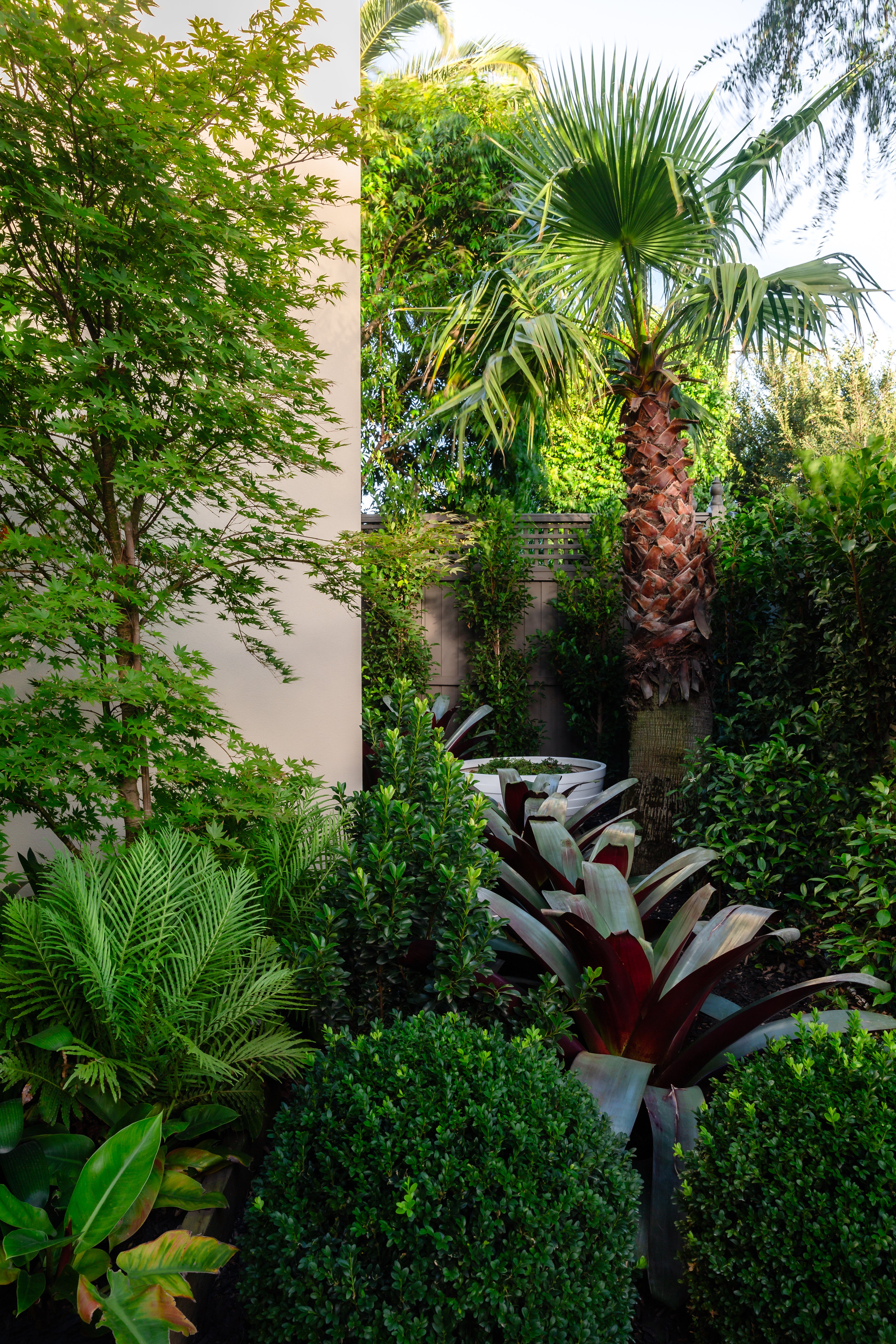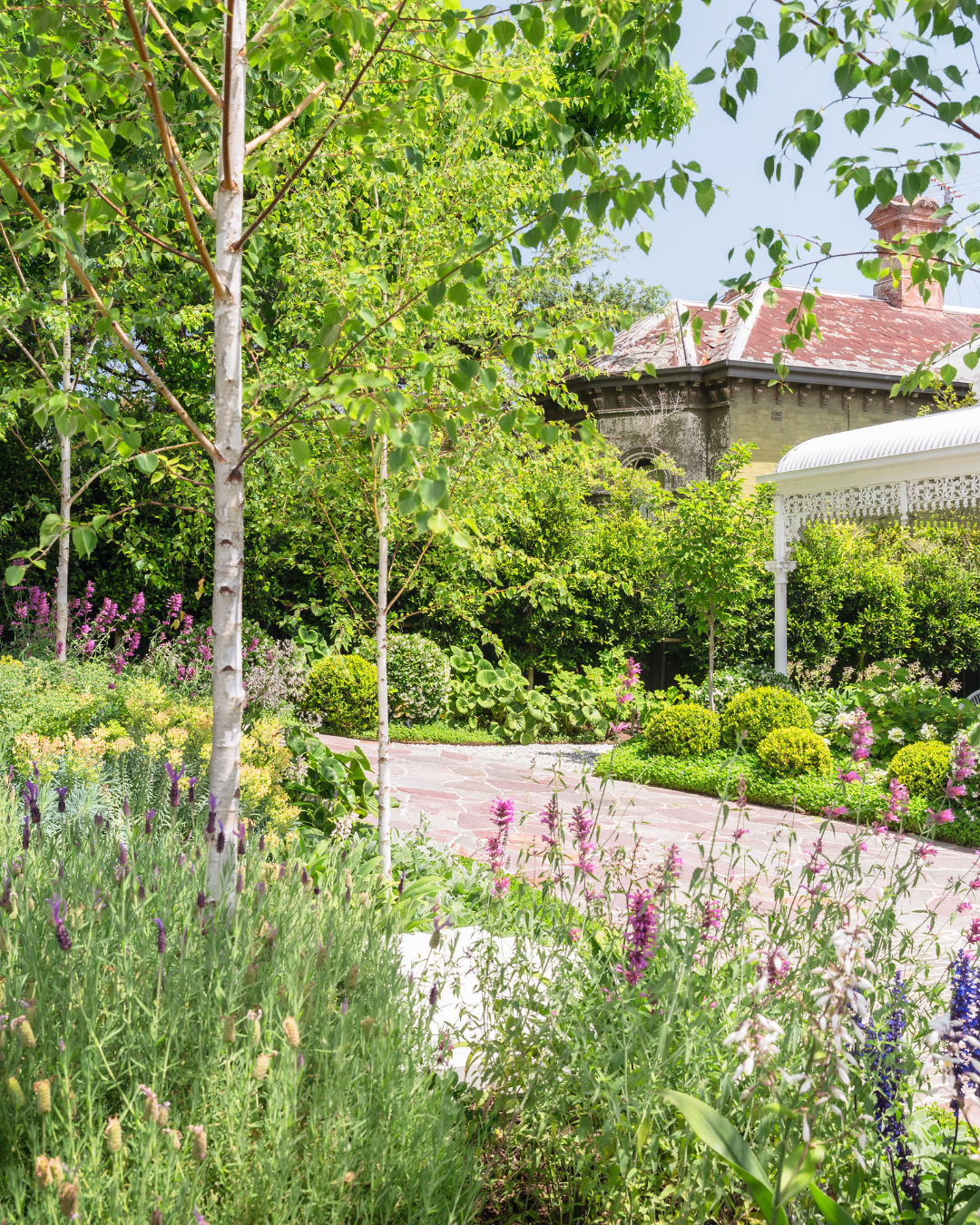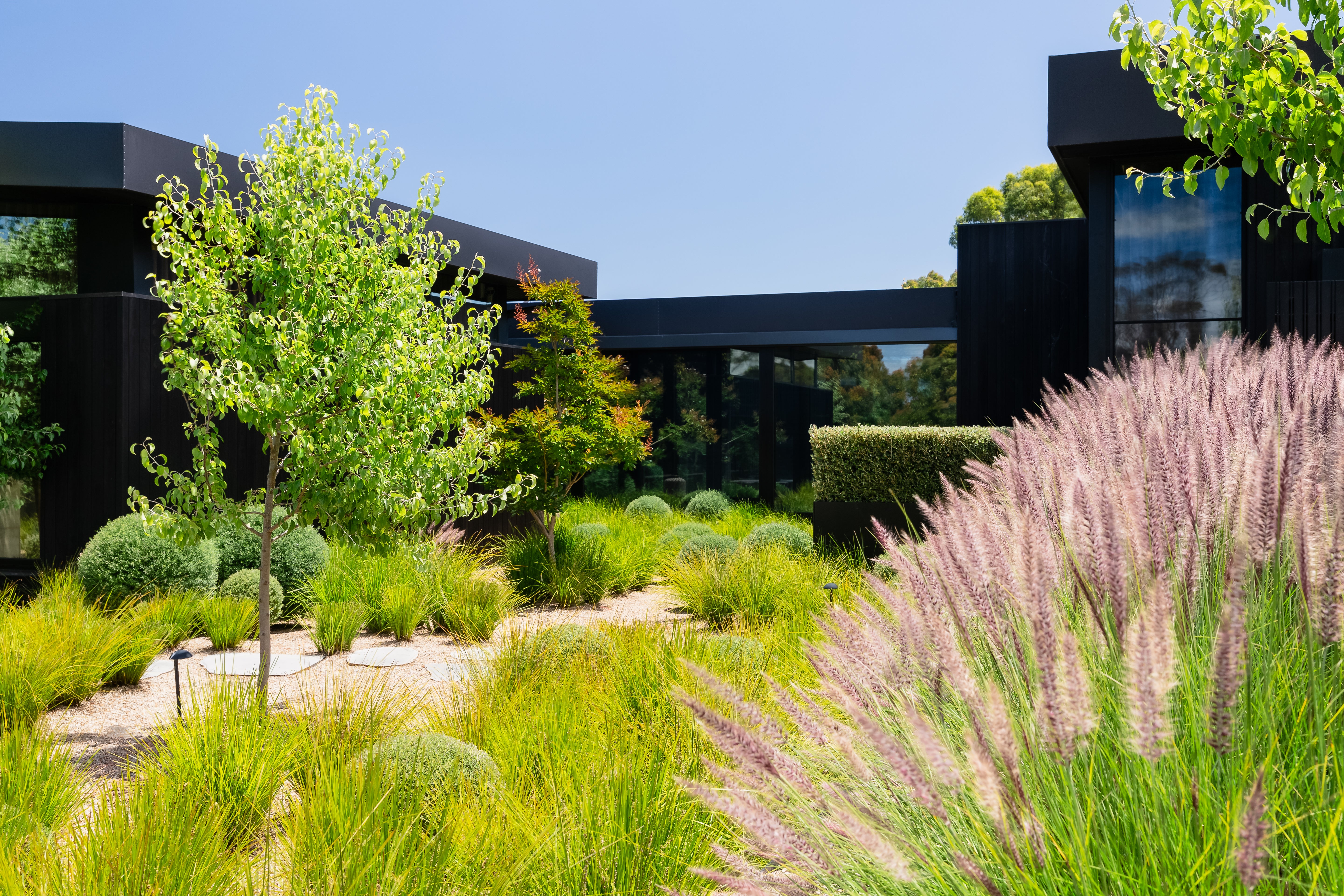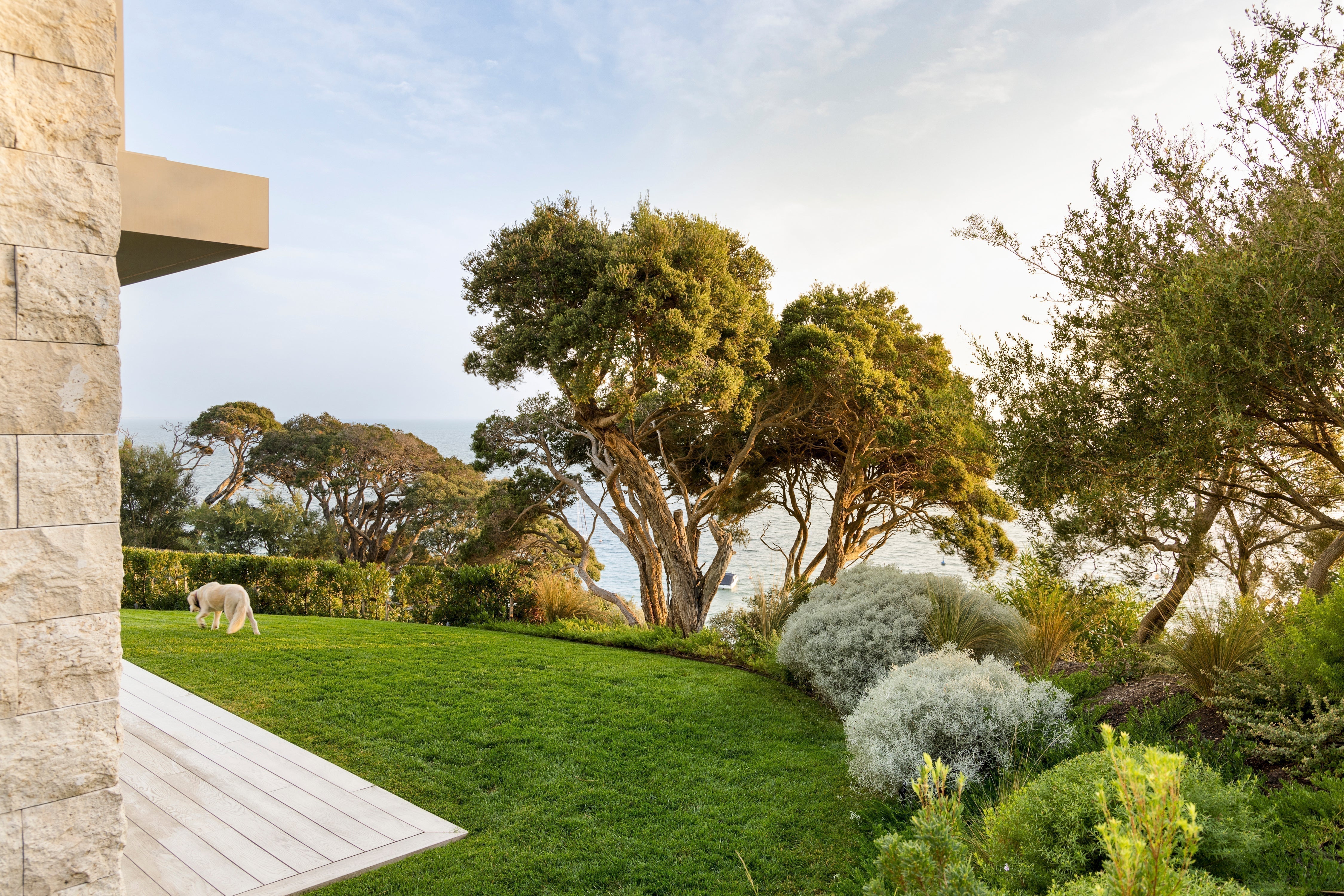
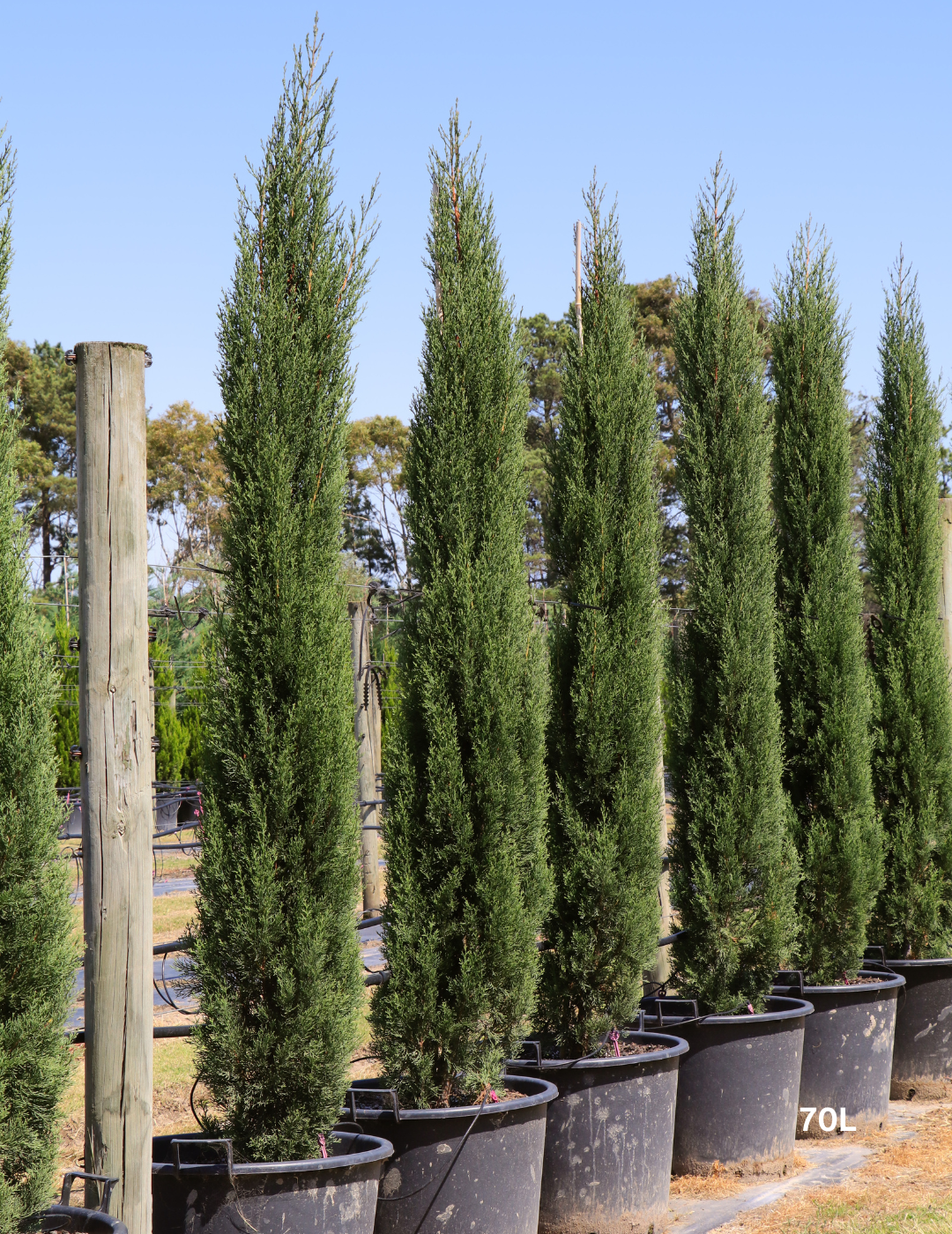
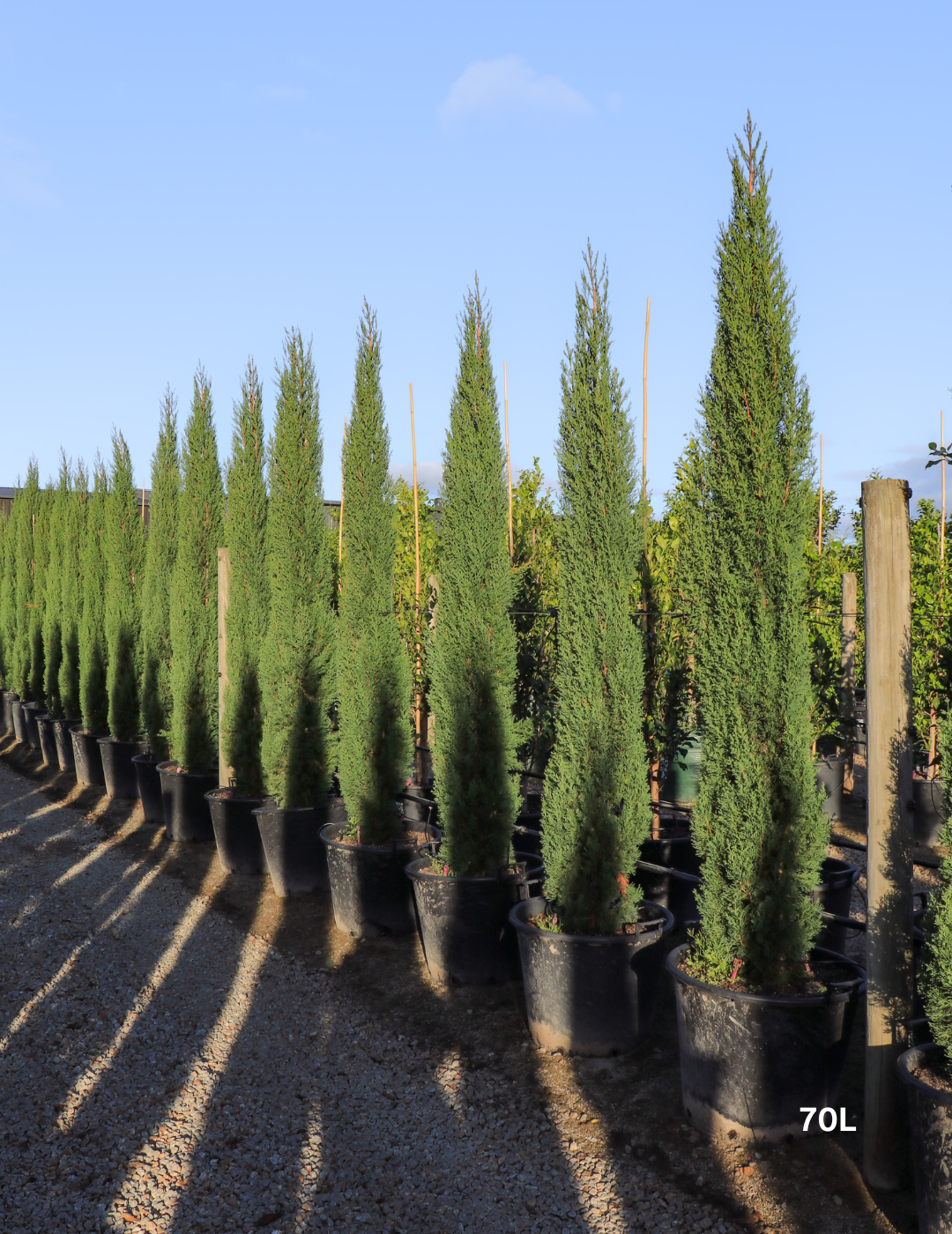

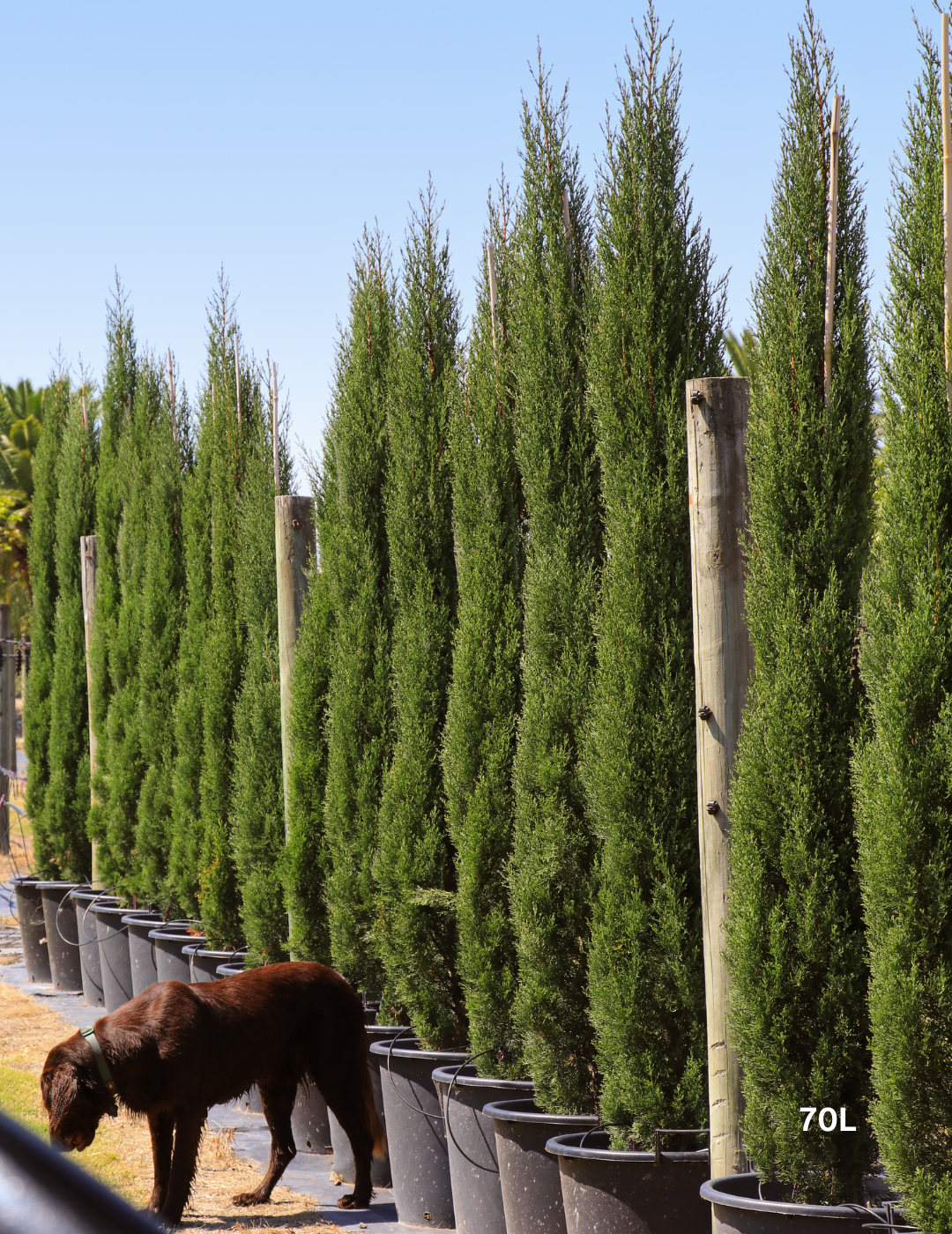

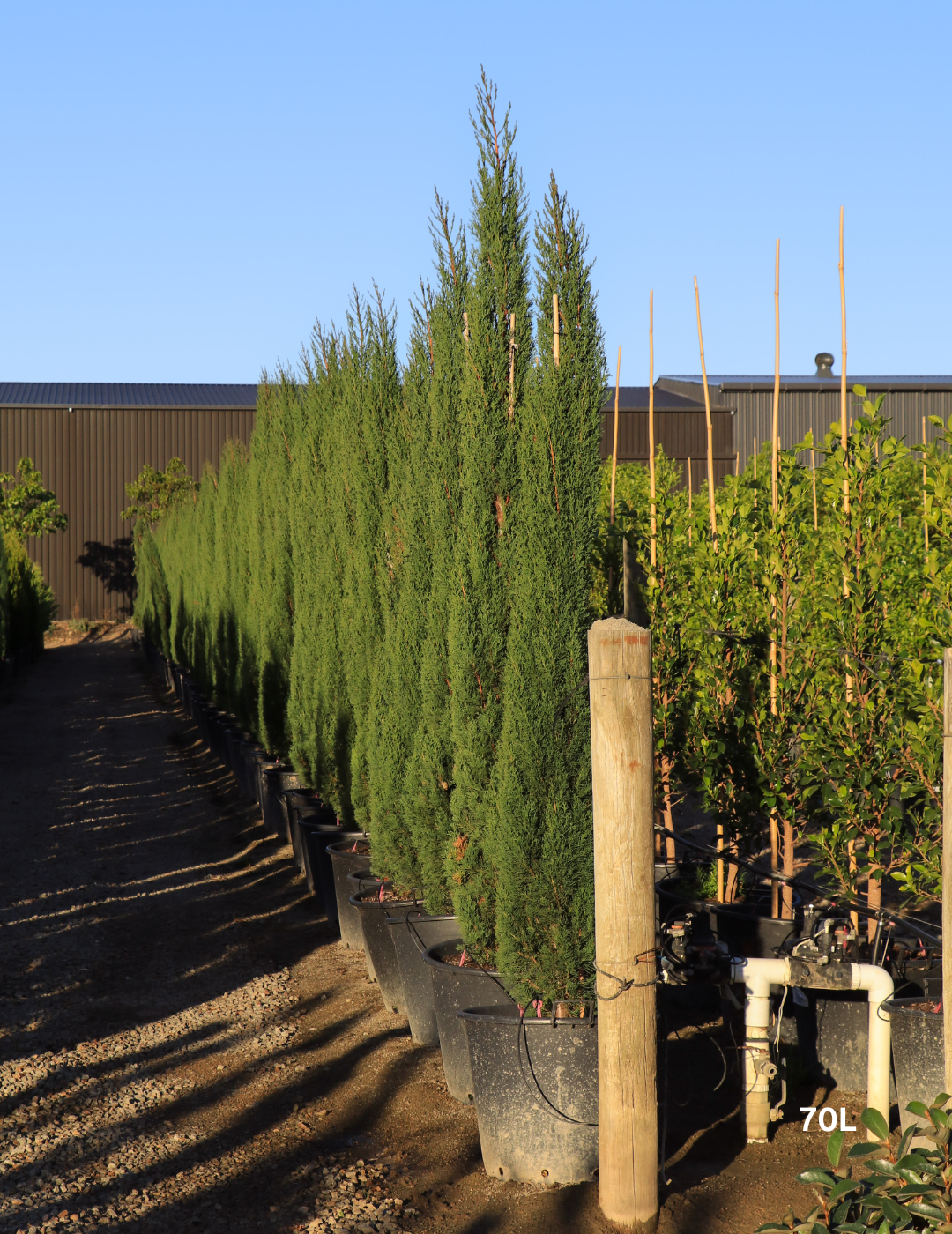
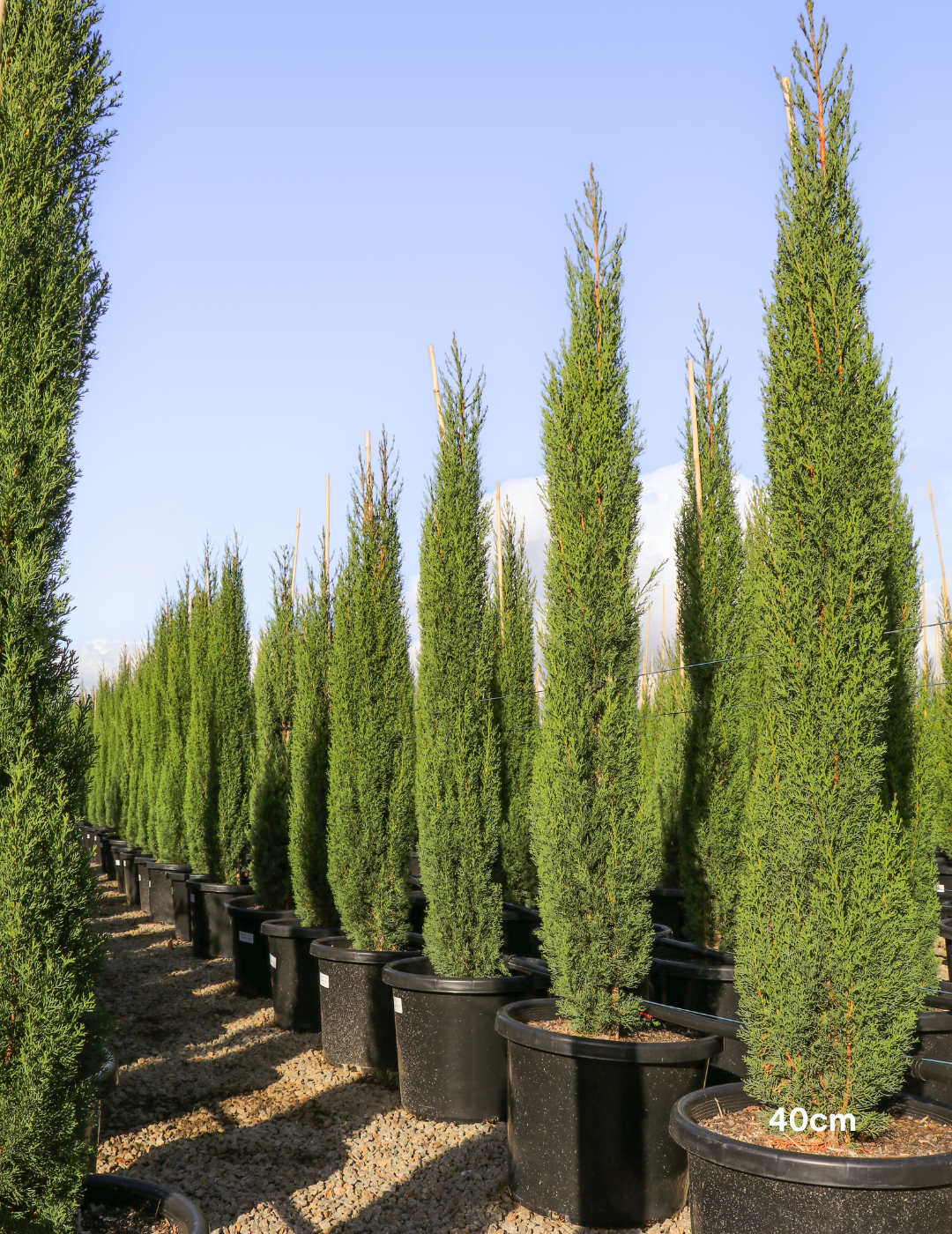

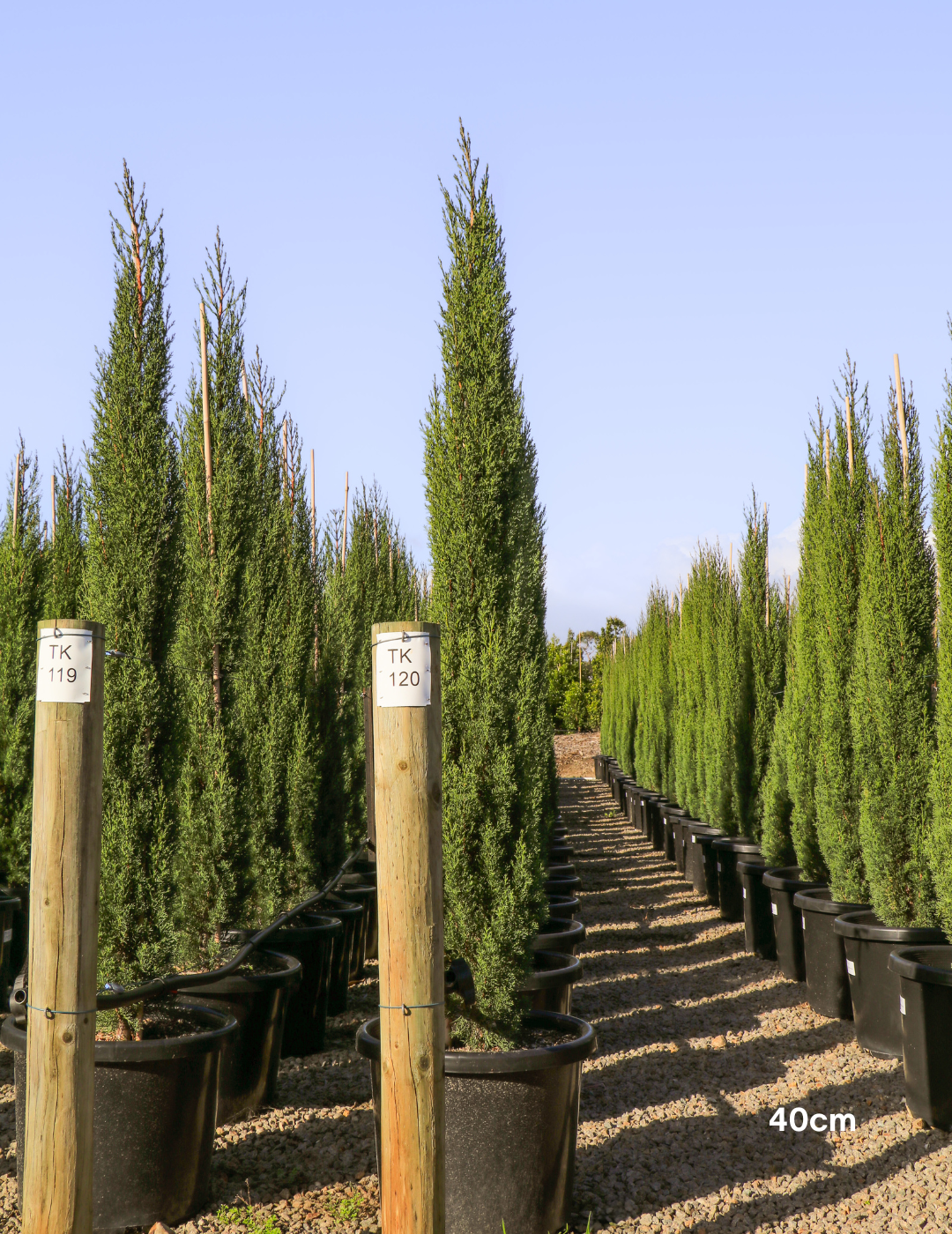

Cupressus sempervirens 'Glauca' - Pencil Pine
- Regular price
- $520.00
- Sale price
- $520.00
- Regular price
-
Learn About Your New Cupressus sempervirens 'Glauca' - Pencil Pine
Cupressus sempervirens 'Glauca', commonly known as Pencil Pine, is a tall, narrow evergreen tree famed for its iconic columnar shape and Mediterranean elegance. Growing 8–12 meters tall and just 1–1.5 meters wide, it offers striking vertical definition and year-round structure with a minimal footprint—perfect for formal landscapes.
Ideal for framing driveways, entrances, garden borders, or creating structured rows, Pencil Pine thrives in full sun, tolerates drought once established, and adapts well to various soil types. Its dense, fine blue-green foliage creates clean lines and a symmetrical form that bring sophistication to any outdoor space.
Low-maintenance and resilient, this tree looks excellent when used to add timeless elegance and height without overwhelming your garden, making it a classic choice for Mediterranean or classical designs.
1. Botanical & Physical Characteristics
BOTANICAL NAME:
Cupressus sempervirens 'Glauca'
GENUS:
Cupressus
BOTANICAL SPECIES:
cupressus
COMMON NAME:
Pencil Pine
FAMILY:
Cupressaceae
EVERGREEN / DECIDUOUS:
Evergreen (foliage year round)
FOLIAGE TYPE
FORM & SHAPE
2. Growth & Environmental Conditions
GROWTH RATE
EXPECTED GROWTH PER YEAR
Approx. 30 – 60 cm per year
MATURE HEIGHT
15m - 25m Approximately
MATURE WIDTH
0.5m – 1m
SUNLIGHT EXPOSURE
FROST TOLERANCE
Frost Hardy – Survives heavy and frequent frost without damage.
AUSTRALIAN NATIVE?
No
3. Practical Uses & Flowering
USES:
FLOWER COLOUR
Yellow
FLOWER TYPE
FLOWERING PERIOD
Planting Tips
Plant Spacing
Ensuring A Strong Start
Root Ball Dimensions (Width × Depth) for Planting
Use this as a reference when digging your planting hole. We recommend digging at least 10% wider than the dimensions below to encourage strong root development.
- 30cm Pot: 33cm (W) × 30cm (D)
- 40cm/45L Pot: 44cm (W) × 41.5cm (D)
- 50cm Pot: 49.5cm (W) × 35.2cm (D)
- 70L Pot: 55cm (W) × 41.8cm (D)
- 100L Bag: 50.6cm (W) × 52.8cm (D)
- 100L Pot: 66cm (W) × 49.5cm (D)
- 150L Bag: 66cm (W) × 55cm (D)
- 200L Bag: 71.5cm (W) × 60.5cm (D)
- 300L Bag: 88cm (W) × 63.8cm (D)
- 400L Bag: 99cm (W) × 66cm (D)
- 500L Bag: 122cm (W) × 66cm (D)
- 750L Bag: 134cm (W) × 69cm (D)
- 1000L Bag: 146.3cm (W) × 71.5cm (D)
- 2000L Bag: 176cm (W) × 82.5cm (D)
Post Planting Care
When planting a new tree or shrub, proper watering is essential to ensure healthy establishment and long-term growth. Follow these guidelines to give your plant the best start:
- Immediately After Planting:
Water generously right after planting to settle the soil around the roots and eliminate air pockets. This helps the roots make good contact with the soil. - First Three Months (Establishment Phase):
The initial three months are critical for root development. Water deeply twice daily (morning and evening) to encourage strong, deep root growth. - Irrigation Systems:
If using an irrigation system, adjust it to provide adequate water during the establishment phase. Ensure the water reaches the root zone without overwatering. - Weather Considerations:
Adjust watering based on weather conditions. Increase frequency during hot, dry periods and reduce it during cooler, wetter seasons. - Ongoing Care:
After the establishment phase (3 months), gradually reduce watering frequency but ensure the plant receives consistent moisture, especially during dry spells.
Long Term & Ongoing Care
Growing Your Cupressus sempervirens 'Glauca' - Pencil Pine in Various Soil Types
FAQ
AS FEATURED IN
Need Assistance For Your Next Project? Let Us Help.
Evergreen Trees Direct is Australia's unrivaled supplier of the highest quality advanced tree stock. Our extensive supplier network allows us to provide a one-stop shop for all your landscaping needs, no matter how big or small the project. We pride ourselves on exceptional service, ensuring a seamless experience from selection to delivery. Trust us to bring your landscaping vision to life with the perfect trees for any outdoor space. With our unrivaled selection and commitment to service, Evergreen Trees Direct is the top choice for landscapers, property developers, and garden enthusiasts alike.
-
 A layered, resilient coastal garden designed to withstand harsh salt winds and seasonal extremes. This Mornington Peninsula property features a cur...
A layered, resilient coastal garden designed to withstand harsh salt winds and seasonal extremes. This Mornington Peninsula property features a cur... -
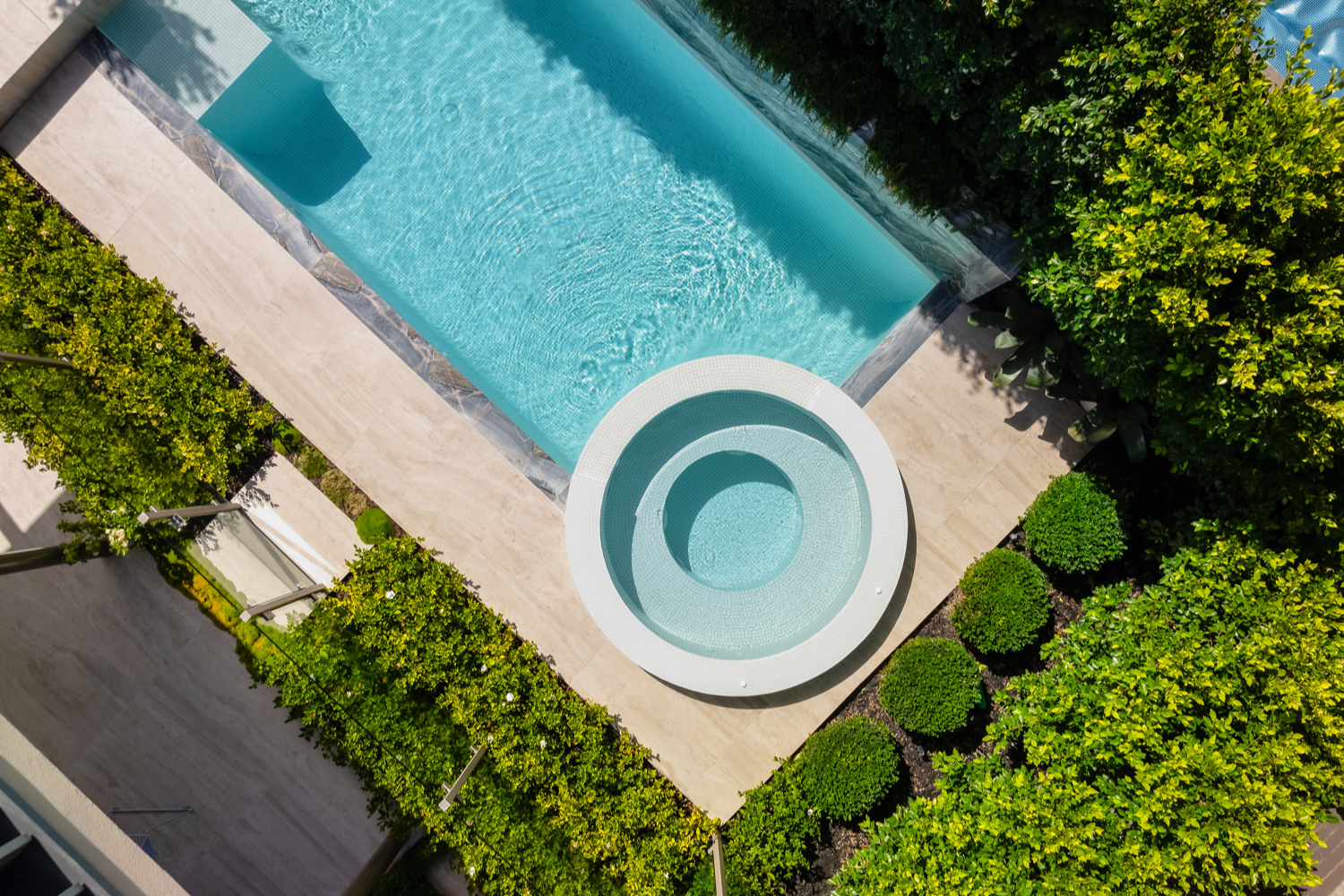
Brighton Project
Presenting our recent project in Brighton, Victoria, landscaped by Jack Merlo Landscape & Design. This modern landscape features a variety of h... -
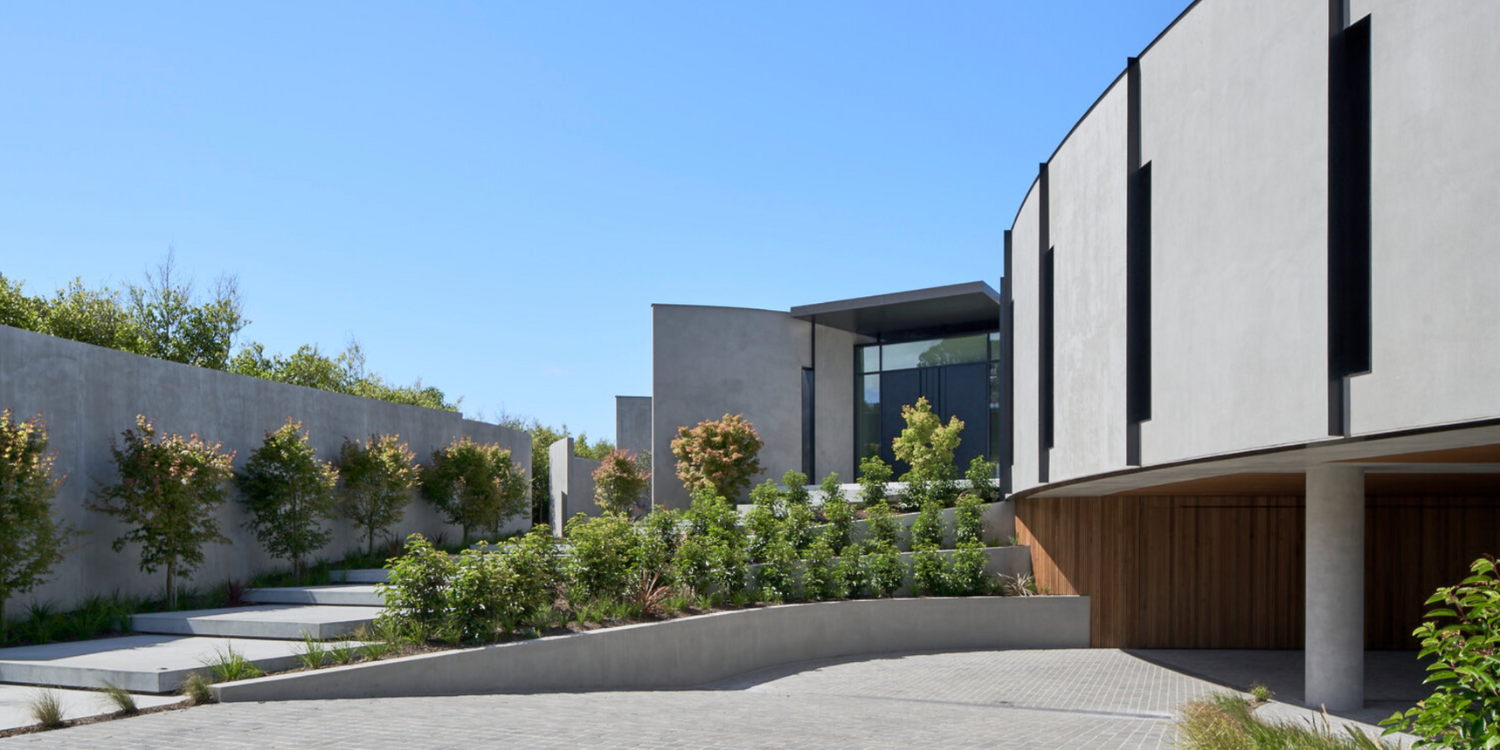
Horizon House, Flinders
Horizon House in Flinders blends nature with bold architectural design, using natural elements to enhance its modern aesthetic.Acer Palmatum (Japan... -
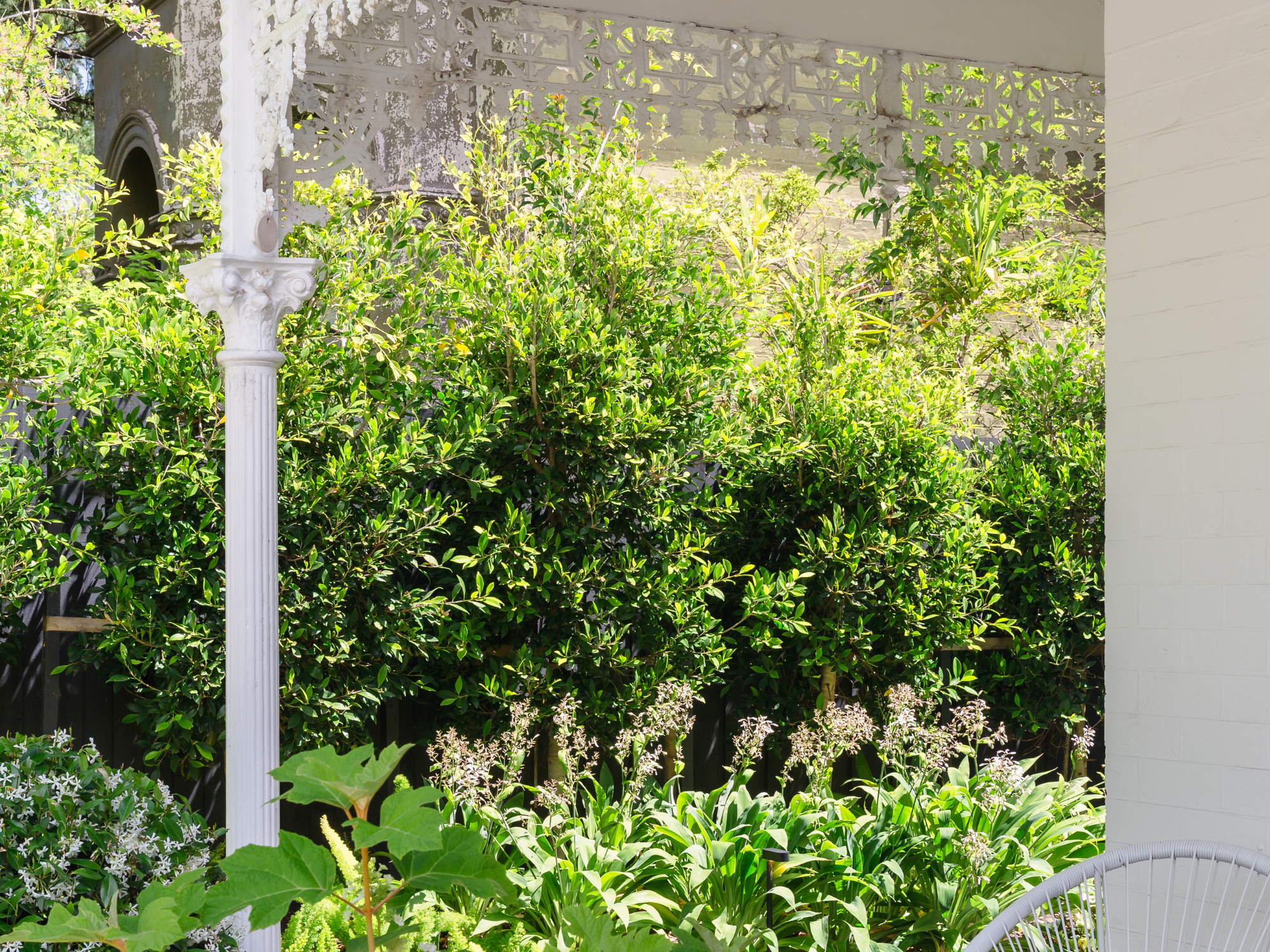
-
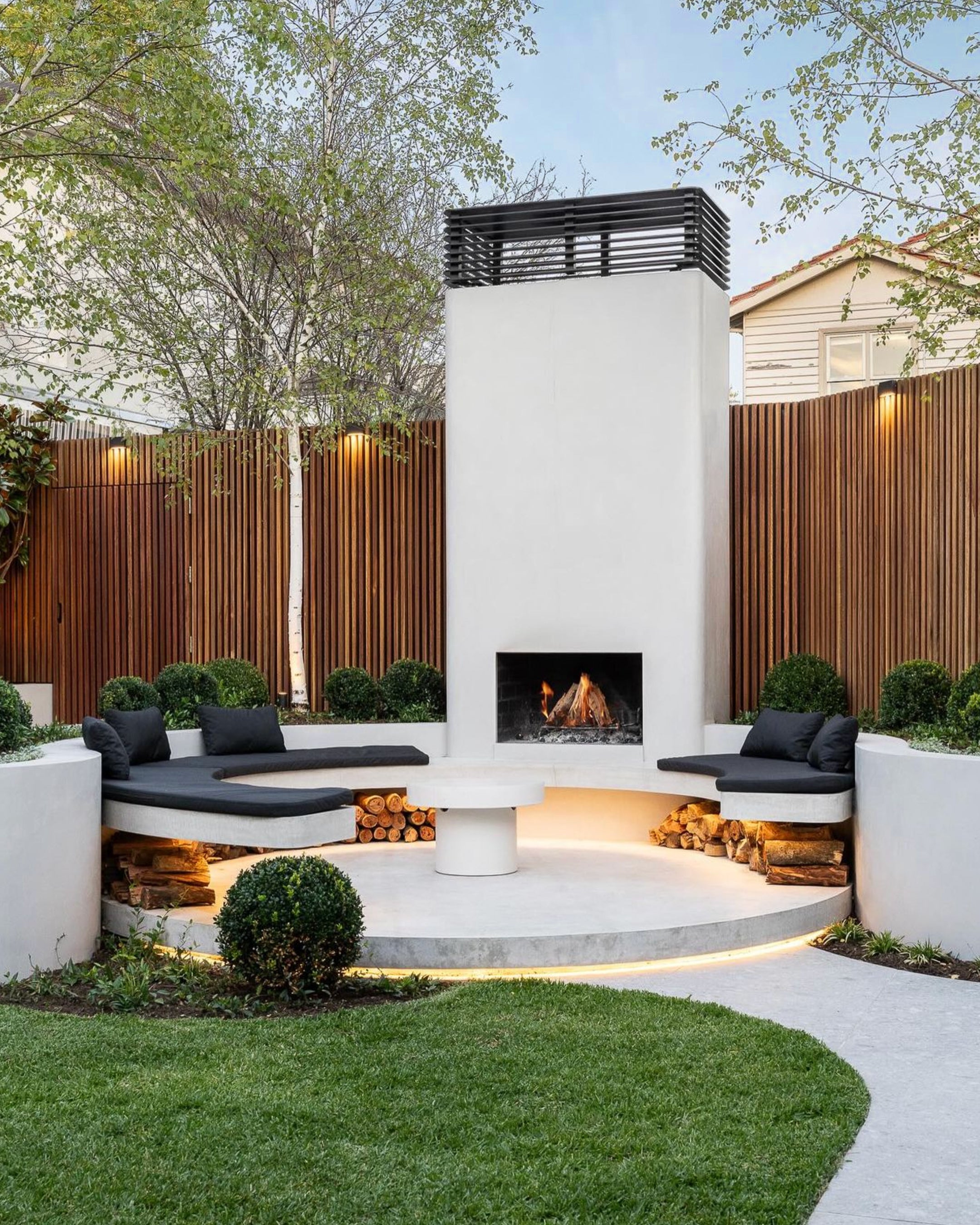
-
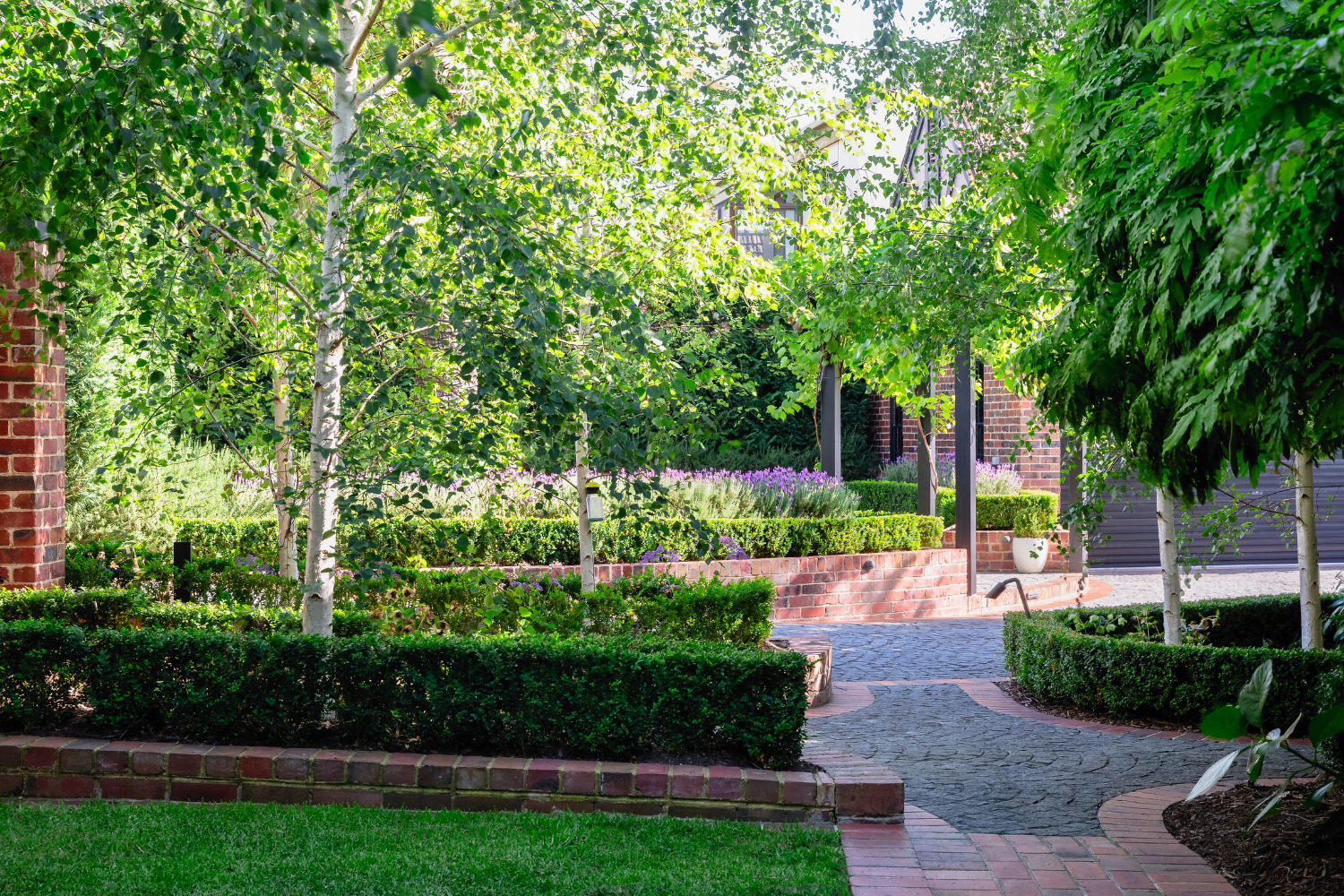
The Esplanade, Mornington Project
The Esplanade project, located along the Mornington coastline, features a carefully chosen selection of trees that thrive in the unique coastal env...
